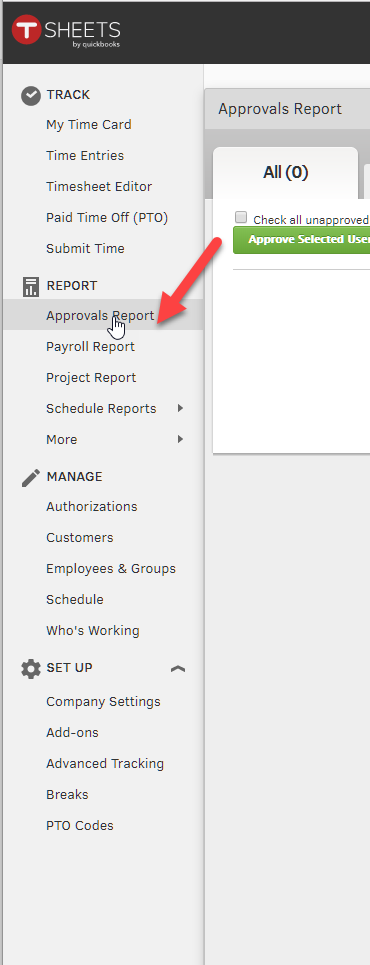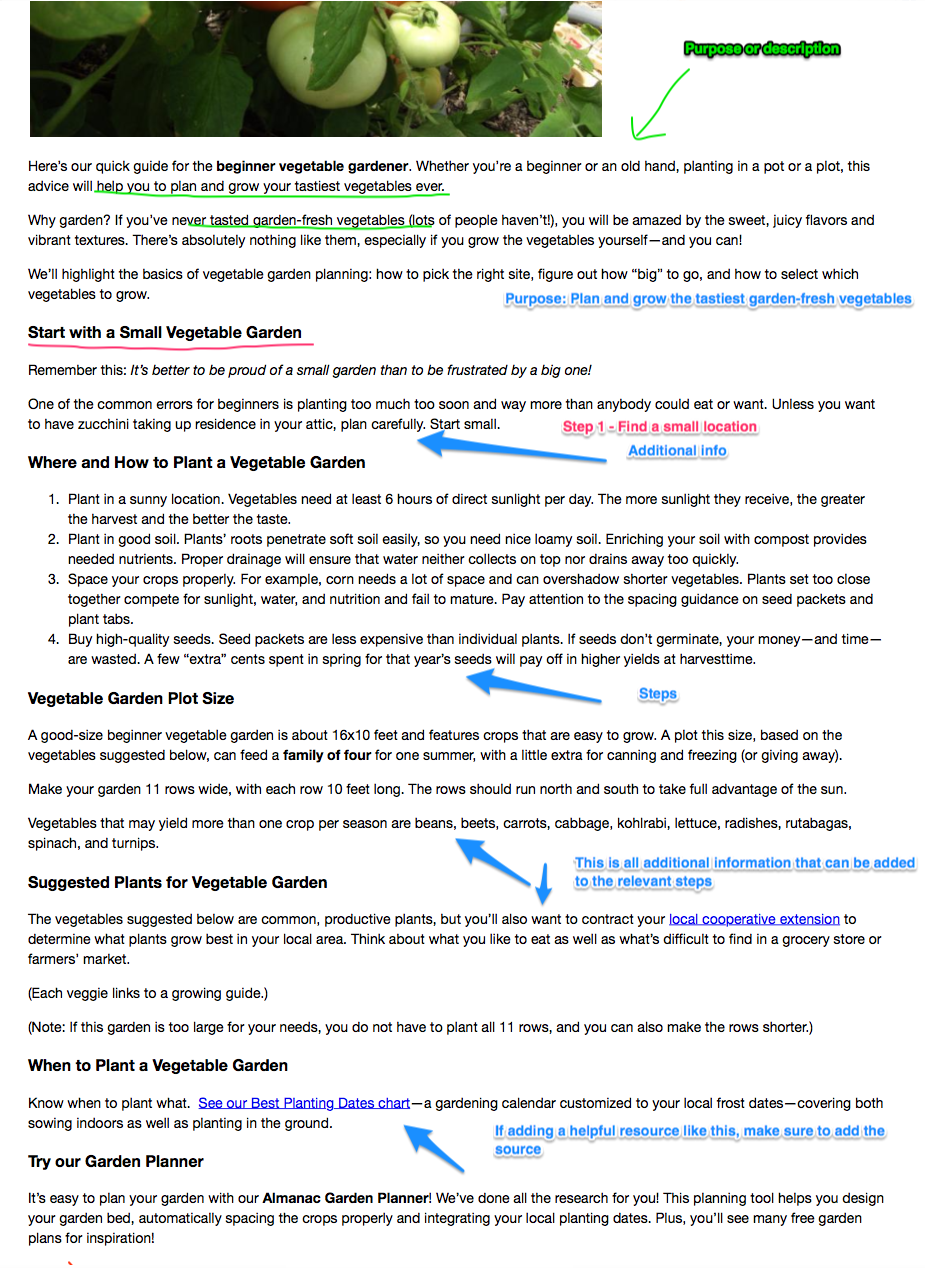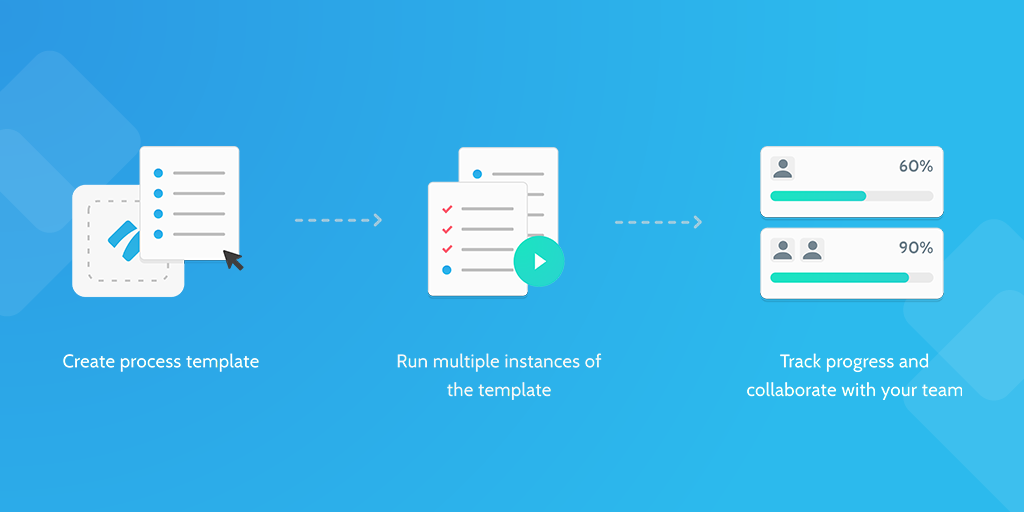User experience audits are more than just a bulleted list of issues with website functionality or interface navigation; they're a clear look at potentially deep underlying flaws in your customer journey and provide an opportunity for tremendous improvement of conversion and engagement metrics.
With this in mind, they should not just be thought of as static, impartial reports, but actionable, prioritized insights.
Without a clearly defined process with infrastructure in place to deal with issues as they present themselves through the audit, you're left without rigorous, structured data.
This checklist will guide you through what works and what doesn't in the landscape of your user experience, and help you to understand the best practices for dealing with some of the most common (but stubborn) pitfalls. With user experience (like so many things), there's always room for improvement.
Let's get started with the checklist.






